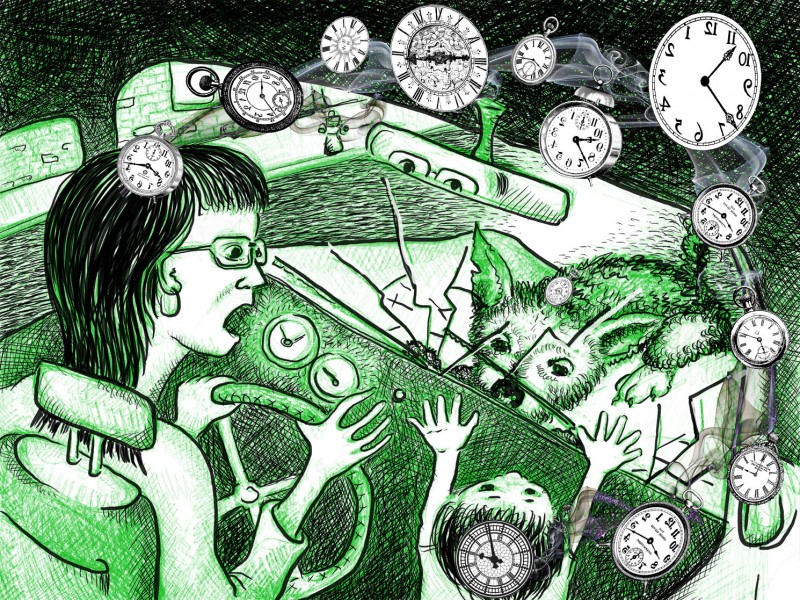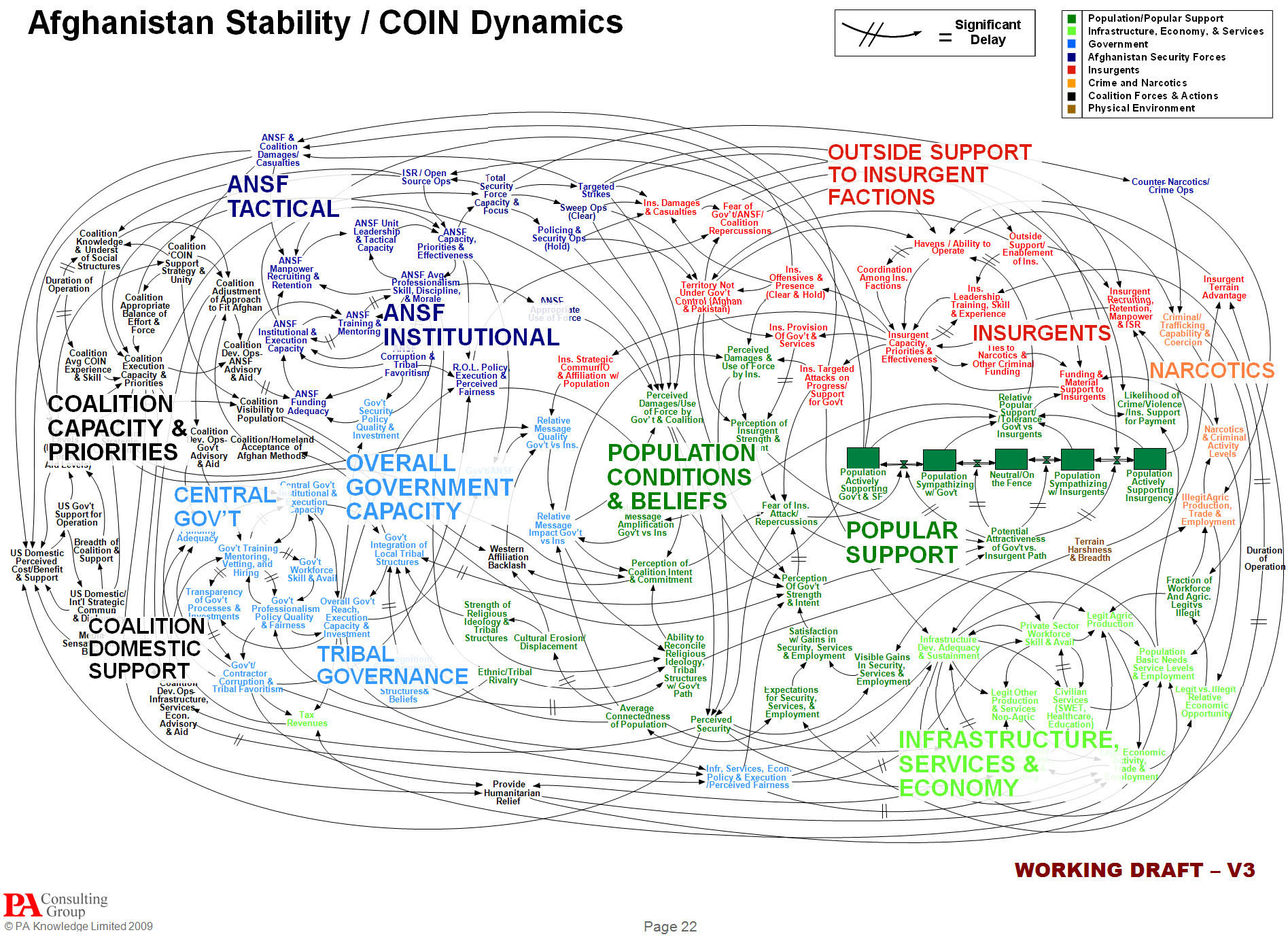
On May 7th 2010, at around 2:30 p.m. Eastern Time, the stock market went on a wild ride, dropping over 900 points in matter of just minutes. What happened? There’s lot’s of speculation, and some know more then they are willing to say. But what’s clear is that there was just the right confluence of world events, human and computer errors, and system-wide communication breakdown that triggered a mass sell-off of stocks at fantastic prices. In other words, there was a catastrophic failure during product interaction. I’m not an investment analyst and have limited knowledge in this subject area, but I am interested in product failure. So Thursday’s stock market episode was very interesting. Here’s a little background on the events of that day broken down into steps leading to the failure. Step 1: When the New York stock market opened on Thursday, bad news was streaming in from Europe—there were fears that Greece would ultimately default on its loans; its people were staging massive demonstrations in Athens; Euro was going down. Step 2: In our very interconnected world, this kind of news makes investors skittish and the stock market was dropping value all morning. Step 3: At around 2:45…








